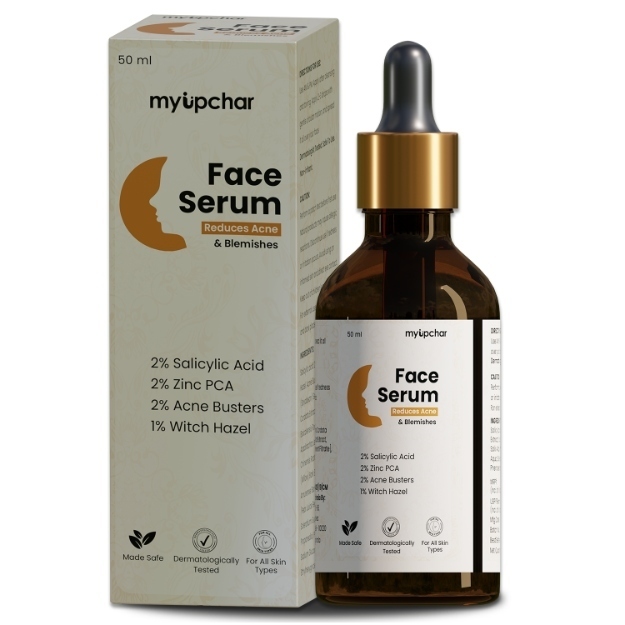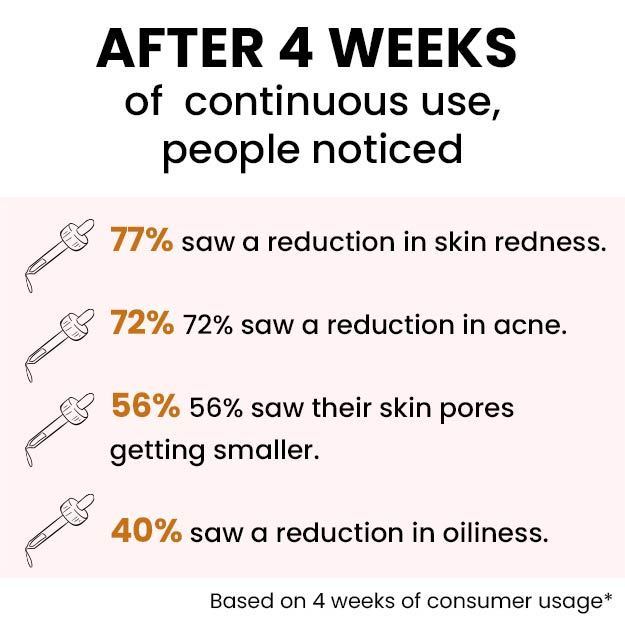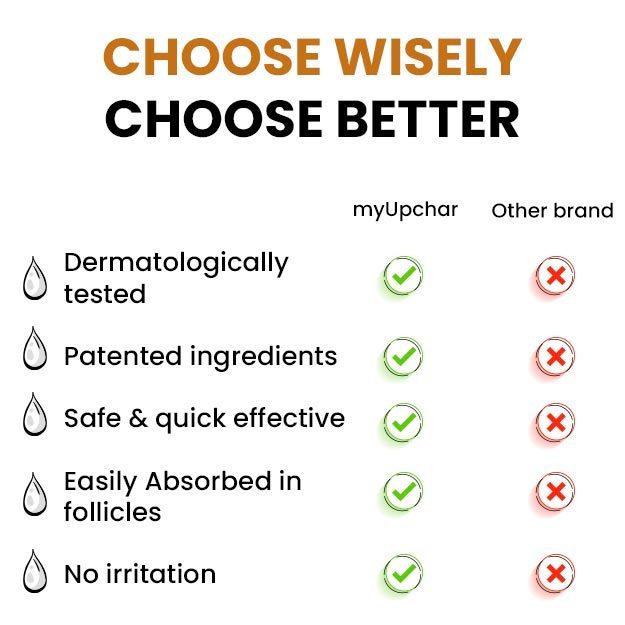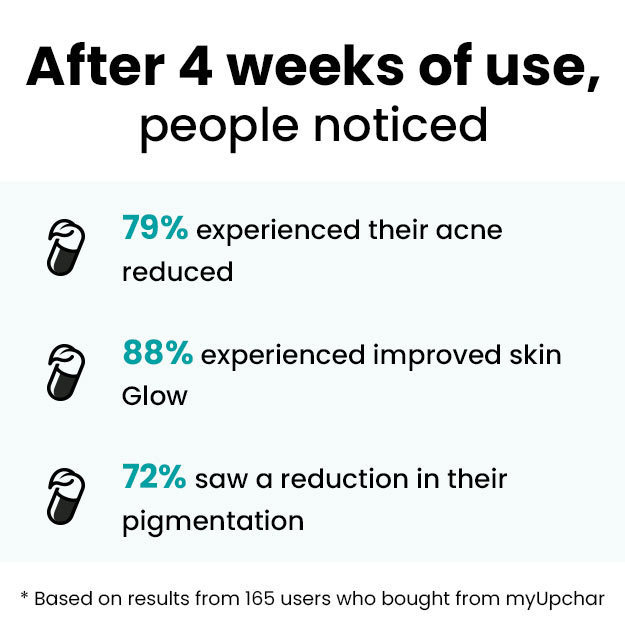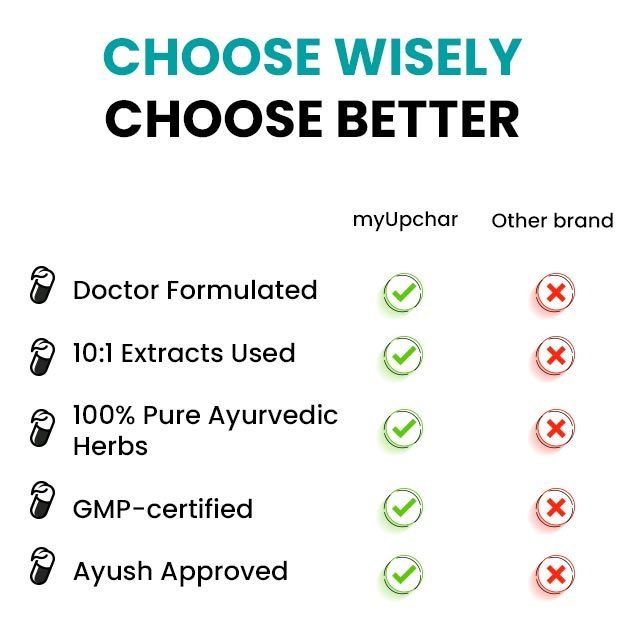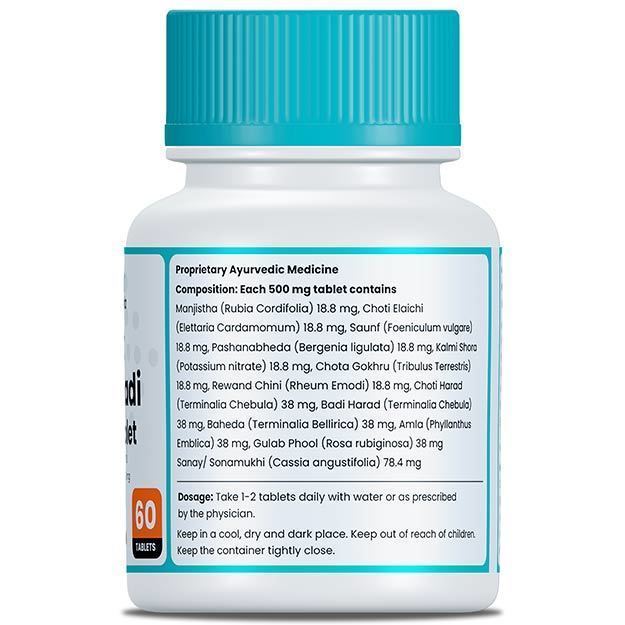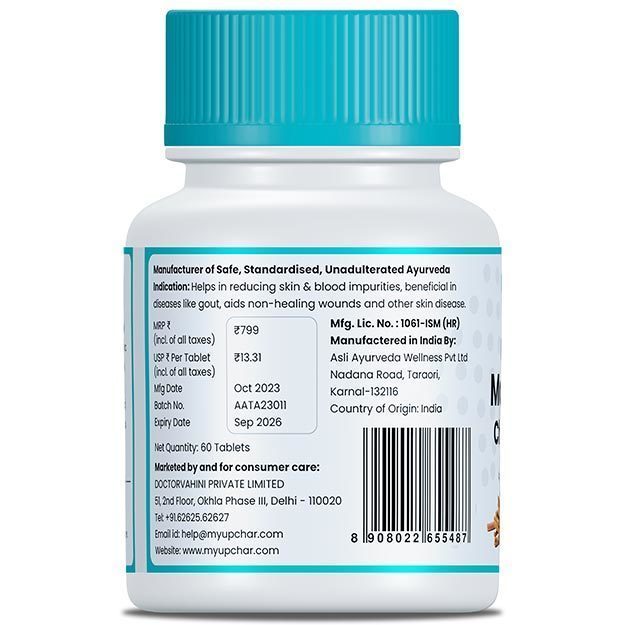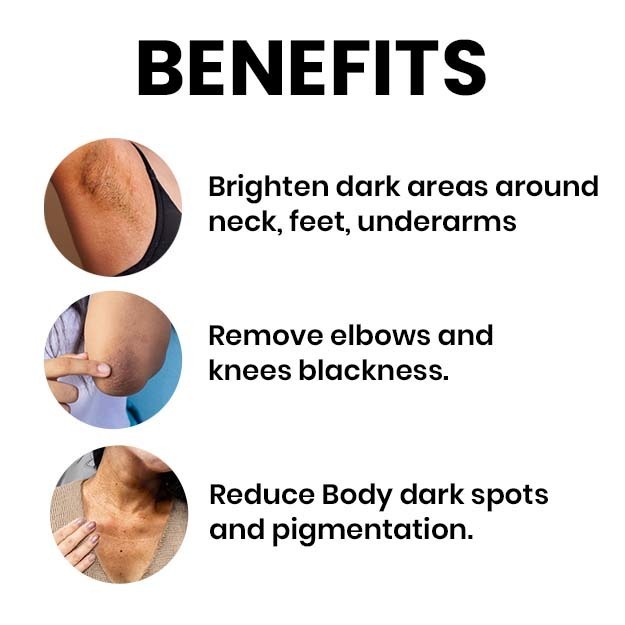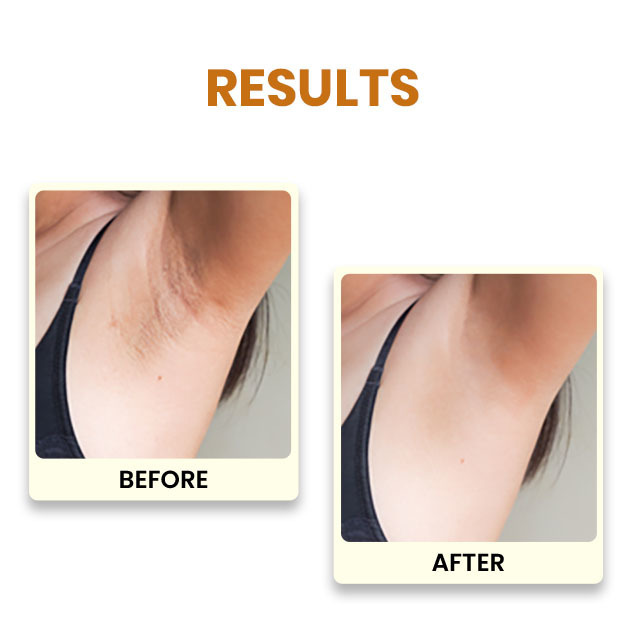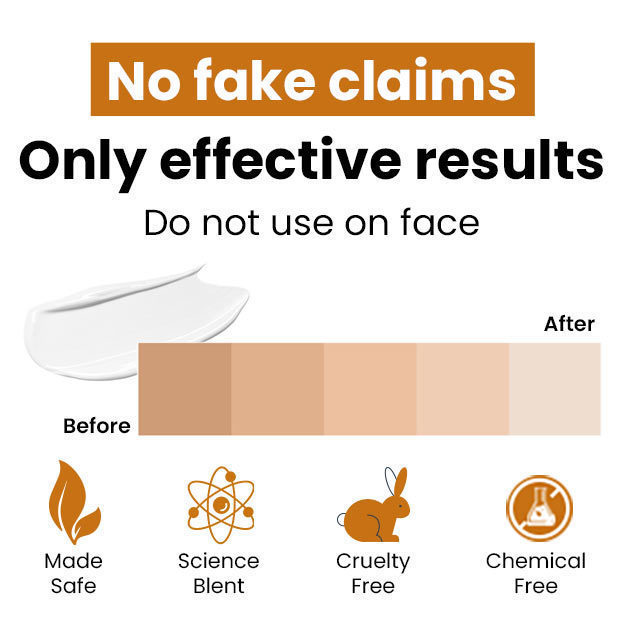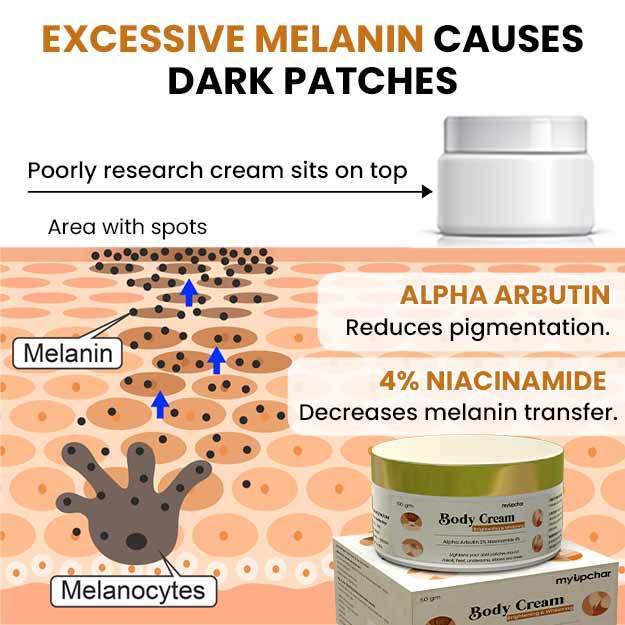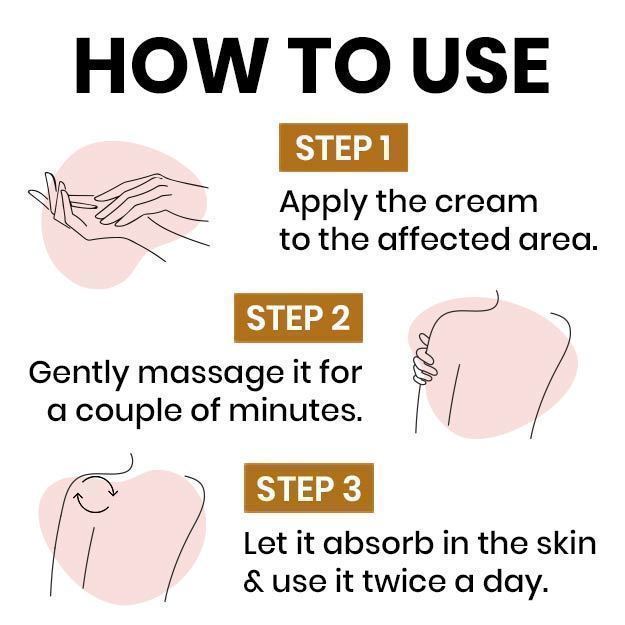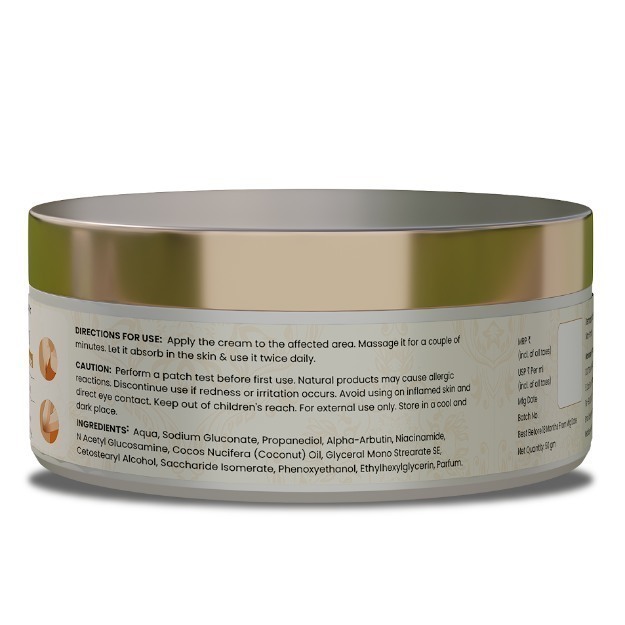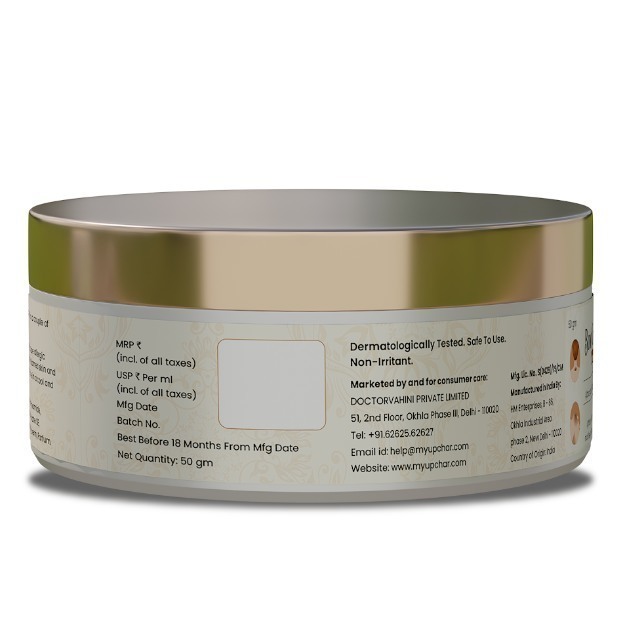An ulcer can be defined as a break in the skin or mucous membrane with loss of surface tissue, disintegration and necrosis (or death) of epithelial tissue and often exudation of pus. Ulcers can occur in any part of the body that has an epithelial lining. In order to understand the different appearance, types and healing of ulcers it is important to know that all ulcers, irrespective of their location, are composed of four parts – the base, the floor, the edge and the margin. The base of the ulcer is the tissue upon which it lies and it can be soft tissue or bone. The floor of the ulcer differs from the base, it overlies the base and is the deepened central portion containing the dead cell debris, pus and granulation tissue. While the margins of an ulcer refer to its boundaries, the edge is the portion that connects the depressed floor to the margin. Characteristics of the edge of the ulcer are of paramount importance as they are its distinguishing feature. One type of ulcer can be differentiated from another on the basis of its edges alone.
Skin ulcers simply refer to ulcers that occur on the skin. Unlike organic ulcers like peptic ulcers, ulcers of the skin are noticeable to the naked eye. Sometimes, skin ulcers are confused with skin rashes or other lesions. A skin rash is an area of the skin that has changed in texture or colour and may look inflamed or irritated. The skin may be red, warm, scaly, bumpy, dry, itchy, swollen, painful, or may have cracks and blisters. A rash can be widespread and occur in multiple distant areas of the body at the same time, unlike an ulcer, which is usually confined to one region. Skin rashes are not associated with a break in the epithelium, as with ulcers, of the skin and can have many other characteristic varieties based on the type of skin lesion – macules, papules, plaques, vesicles, pustules and bullae to name a few. Skin rashes can, however, lead to skin ulcers or be accompanied by them, in certain skin conditions. Even though the term skin ulcers implies a dermatological disease, ulceration of skin can occur secondary to other systemic diseases (like autoimmune diseases) and even invasive cancer. Skin ulcers can be categorised by their cause and location. Some are primary problems and some are manifestations of another, sometimes more serious, underlying disease.

 OTC Medicines for Skin ulcer
OTC Medicines for Skin ulcer



